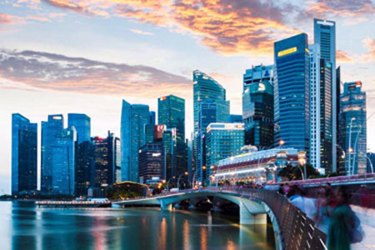Case Study: Singapore Utility Eliminates Harmful Transients Improving System Reliability And Prolonging The Asset Life

Water scarcity has long prompted water self-sufficiency in Singapore, the third most densely populated country in the world, with 5.6 million residents crowded into just over 275 square miles. The small city-state island lacks ample catchment storage to gather precipitation, complicating its water shortage issues. As a result, Singapore receives more than half of its water supply from unorthodox sources of rainwater collection, high-grade recycled water and desalination, with the rest of its water supply imported from a foreign source.
Not only is water scarce and valuable, but potential disruptions to water supply infrastructure for industrial users has significant operational implications that can affect service reliability, reduce profitability, and harm customers downstream.
Get unlimited access to:
Enter your credentials below to log in. Not yet a member of Water Online? Subscribe today.
